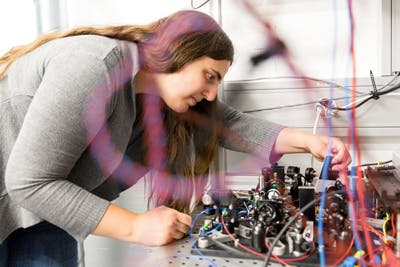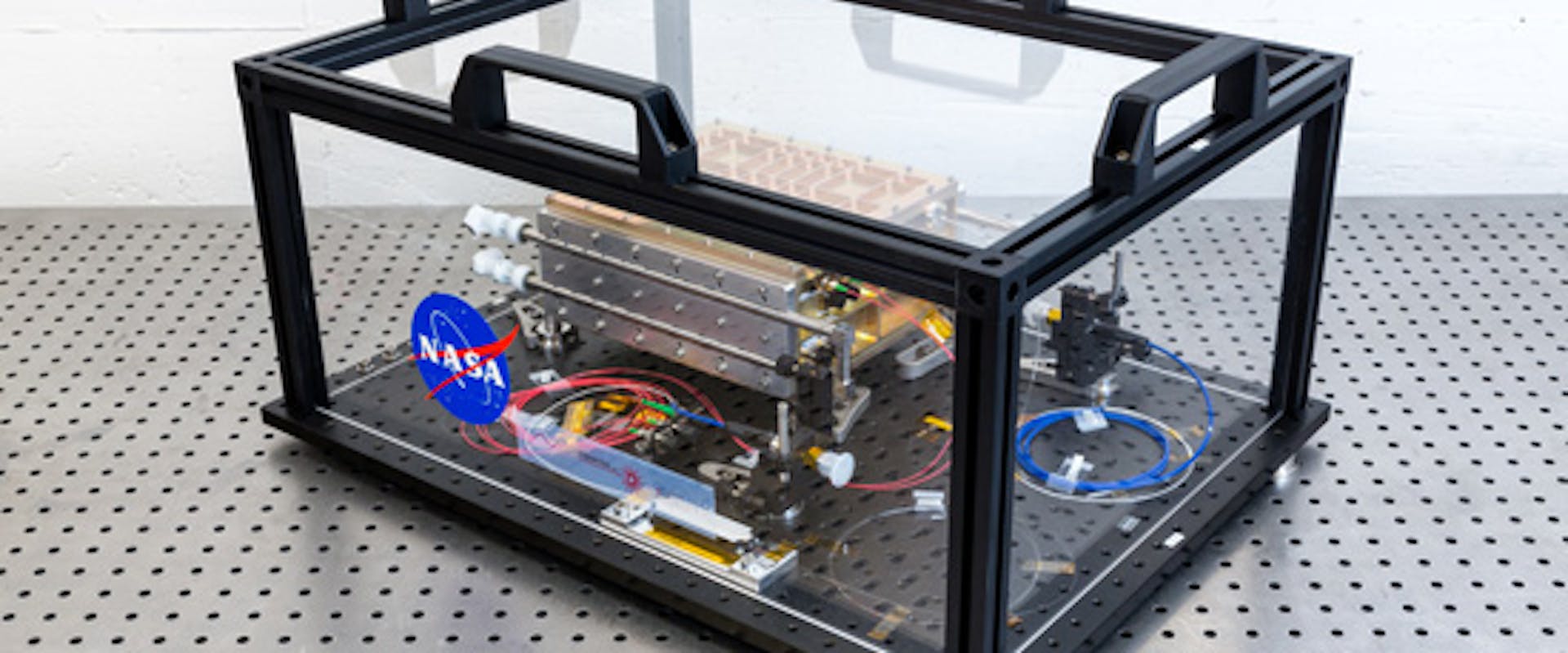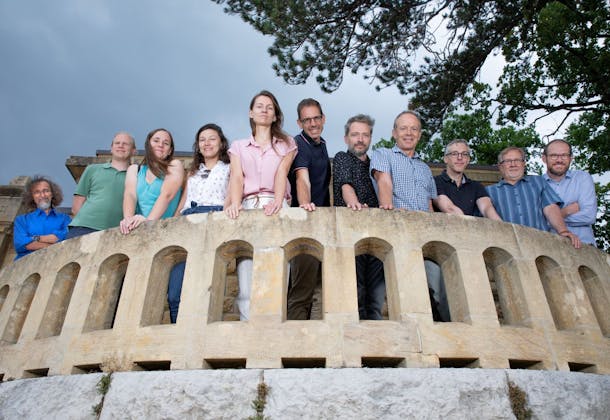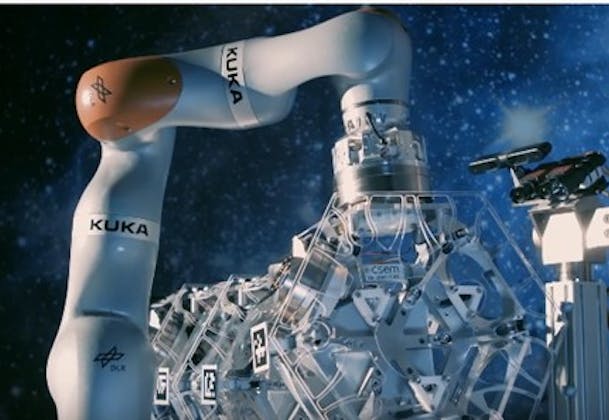
ESA is working closely with international partners including NASA, which has developed a custom infrared laser for this mission that pushes the boundaries of state-of-the art technology in terms of stability (SeeNASA PR). CSEM has been selected by ESA to provide expert metrology support to the LISA mission due to its solid experience in space research and extensive know-how in ultra-stable lasers. Its role will include testing the stability of the NASA lasers’ frequency and power to make sure they meet the demanding specifications of the LISA mission.



